Multidisciplinary Engineering Senior Design Teams
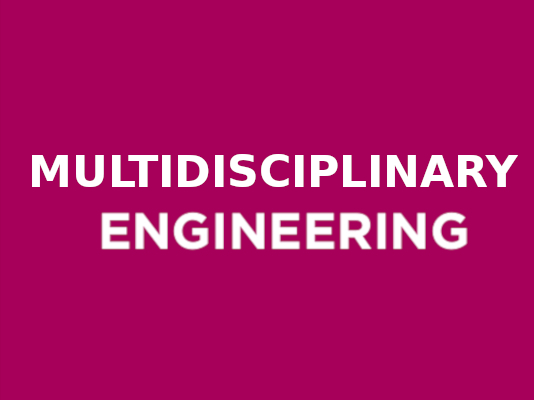 |
Senior Design 2025 : Multidisciplinary Engineering Team 01 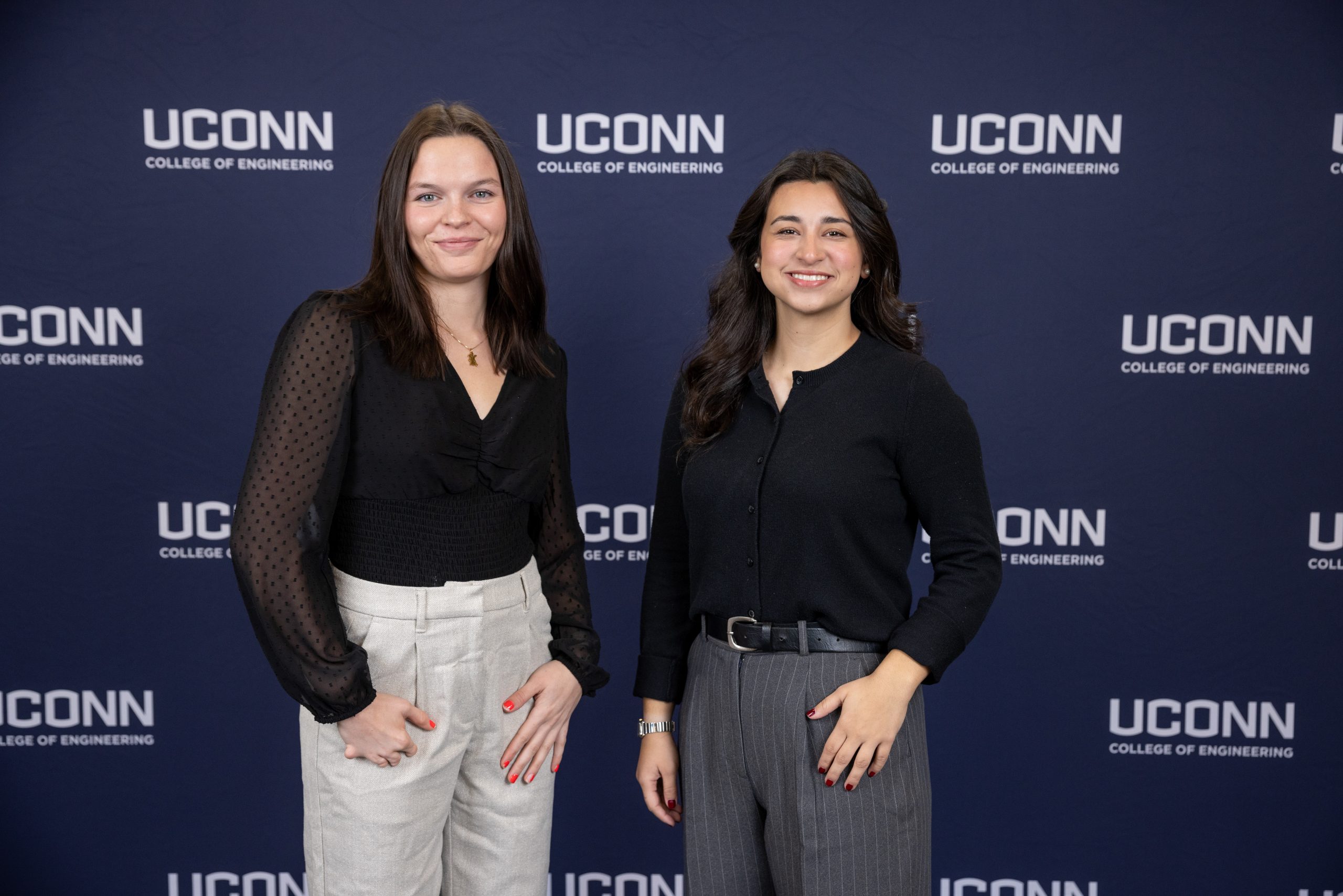 |
Team Kenna McCaughey |
Faculty Advisor(s) Dr. Jorge Paricio Garcia |
Sponsor SedMed Sponsor Logo  |
Force Setting Mechanism for Toilet Lift Assist Device |
||||
Description SedMed’s Lift Assist device is a gas spring powered toilet seat lifter that mounts directly onto any toilet and provides assistance to those with mobility issues getting on and off the toilet. A variable amount of force depending on the hole that the gas spring is positioned in lifts approximately 80% of the labeled user’s weight. The objective of this project is to modify the design of the weight changing mechanism such that the weight setting can be changed with just one hand, users can change and view the weight setting without bending down, the gas spring quick release pin cannot slip out of a hole or automatically engages if it is not properly inserted into a hole, and the redesign of the aesthetic/appearance allows the device to reach a wider range of audiences. |
||||
|
||||
 |
Senior Design 2025 : Multidisciplinary Engineering Team 02 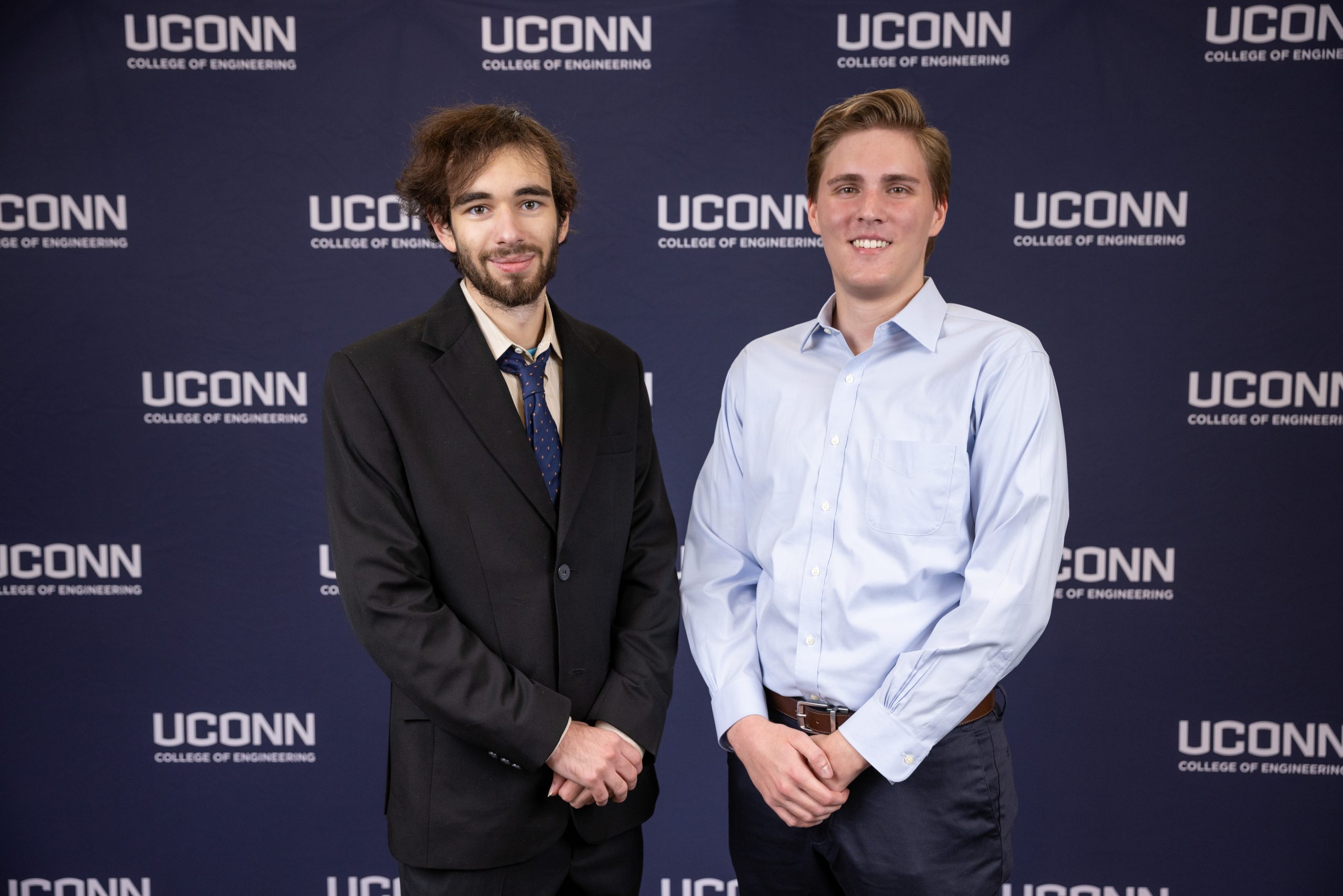 |
Team Alexander Zaleski |
Faculty Advisor(s) Jorge Paricio Garcia |
Sponsor Off Center Farm Sponsor Logo  |
Design of a DIY Ventilation System for High Tunnels |
||||
Description This senior design project aims to address engineering and design challenges associated with creating an efficient, independent DIY instructional ventilation control system for a High Tunnel, also known as a plastic tunnel in farming. High Tunnels are widely used in agriculture to extend the growing season and protect crops from adverse weather conditions. However, during the hot days of summer, maintaining optimal temperatures and humidity levels inside these tunnels becomes a significant challenge. The goal of this project is to design an open-source DIY ventilation control system that can effectively interface with existing agricultural components including fans, motorized louvers, and temperature/humidity sensors. Existing systems are costly and overcomplicated for the needs of lower volume small operations, who need something easily replicable and accessible. The system extracts hot air from one end of the High Tunnel to the other ensuring a stable internal environment conducive to plant growth. This is in response to configured temperature and/or humidity data, leveraging accessible software with a robust expansion potential. ensuring a stable internal environment conducive to plant growth. The final product will be CAD models, component selection, and a thorough instruction set so that any farmer may 3D print their own control system, thus providing a sustainable and energy-efficient solution in an accessible product. |
||||
|
||||
 |
Senior Design 2025 : Multidisciplinary Engineering Team 03  |
Team Maya Kovachi |
Faculty Advisor(s) Jorge Paricio |
Sponsor Pratt & Whitney Institute for Advanced Systems Engineering |
Airframe Cabin Configuration to Eliminate Overhead Bins |
||||
Description This project reimagines the interior airframe configuration of long-haul configured narrow-body jets, such as the Airbus A321XLR, by removing overhead bins and installing a central retrofittable cubby system for carry-on bags. This central solution in the mid-cabin of the aircraft is accompanied by large, more accessible lavatories and a walk-up refreshment and snack galley. This aims to improve operational efficiency, enhance passenger comfort and accessibility, and improve overall amenities for long-haul flights while preserving the current passenger capacity and structural integrity of narrow-body jets. |
||||
|
||||
 |
Senior Design 2025 : Multidisciplinary Engineering Team 04 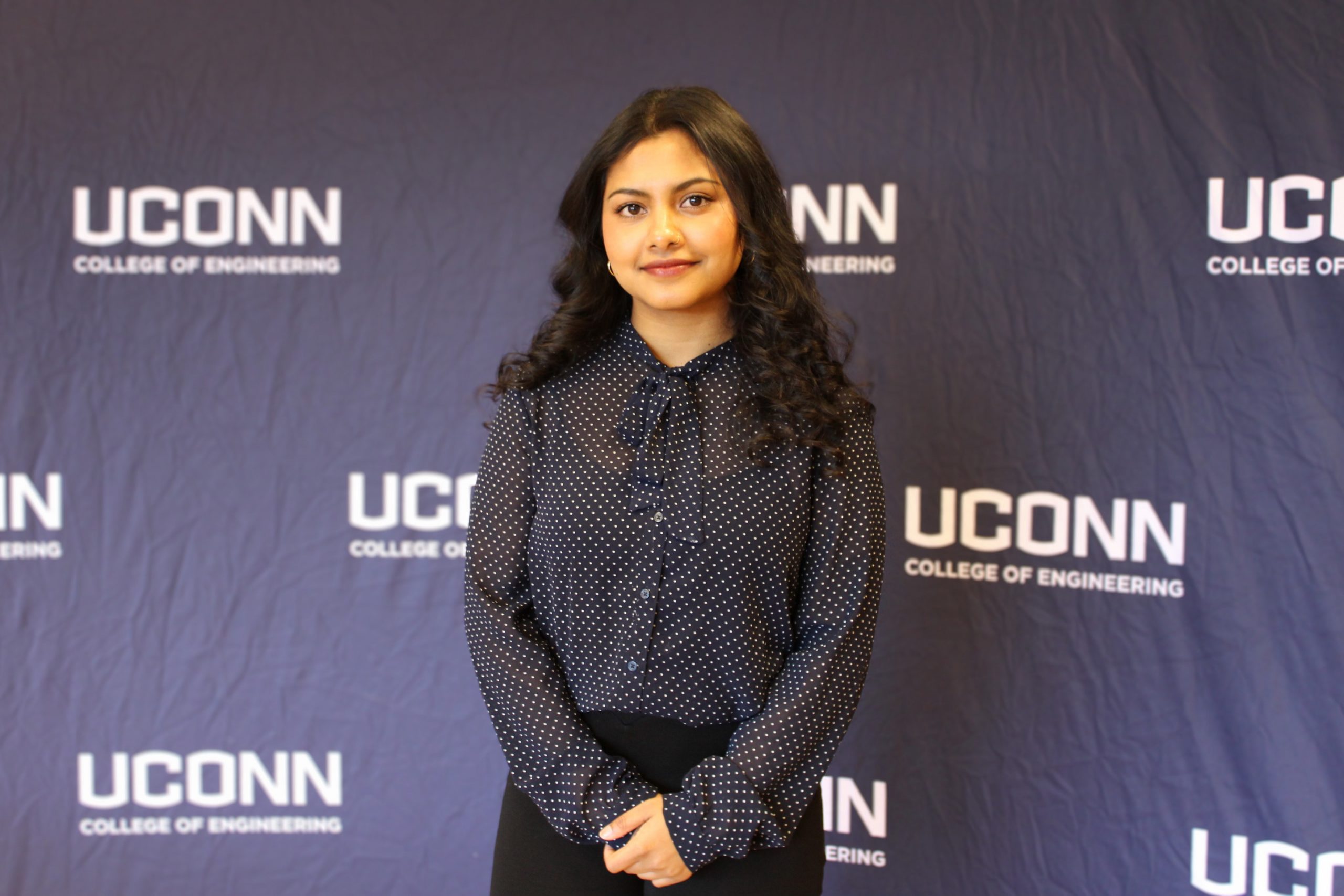 |
Team Samia Begum |
Faculty Advisor(s) Jorge Paricio |
Sponsor Dr. Edith Barrett and Mr. William Wiggin Sponsor Logo  |
Recylable Wheelchair Ramp |
||||
Description This project’s objective is to develop design specifications for a wheelchair ramp that is modular, reliable, and sustainable. The project will use PET for multiple reasons; it is lightweight enough to be of feasible weight to maintain modularity, it’s use in the ramp makes the idea more marketable as a ramp “made of plastic bottles” in an economy increasingly focused on sustainability, and it is unique which contributes to the nonobviousness aspect of patentability for the structure. By using repurposed material, material costs can be cut, the concept is more marketable and unique in today’s competitive world, and, most importantly in the context of the current climate crisis, sustainability can be ethically achieved. By accomplishing these goals, the project has the potential to have a lasting impact on not just the disabled individuals who will be directly served, but on everyone through its indirect environmental benefits. |
||||
|
||||
 |
Senior Design 2025 : Multidisciplinary Engineering Team 05 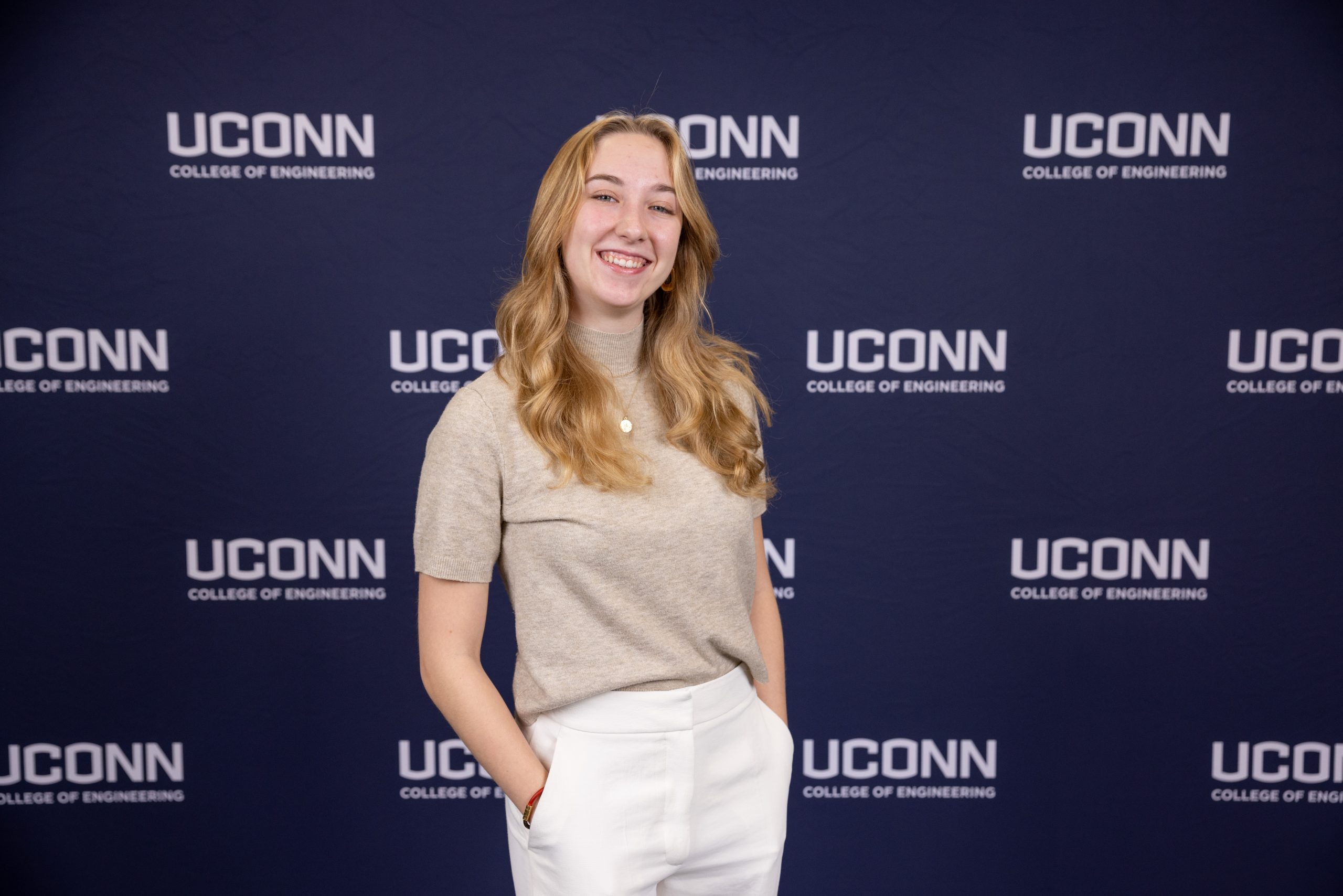 |
Team Lela Romeo |
Faculty Advisor(s) Julian Norato |
Sponsor UConn, Dr. Julian Norato Sponsor Logo  |
Efficient Gradient-based Optimization of Path-dependent Sequencing Problems |
||||
Description Combinatorial problems are ubiquitous in engineering design and manufacturing. These problems typically arise whenever it is necessary to determine an optimum sequence of steps that maximizes or minimizes a quantity of interest. Examples include the optimal sequence of welding operations to minimize weld-induced distortion or simply the tightening sequence for a pattern of bolts to minimize contact-induced stresses. This project poses a mathematical method of conversion from a combinatorial problem to a differentiable, non-combinatorial problem that can be efficiently solved using gradient-based nonlinear programming methods. In its initial stages, it was decided to use a classic combinatorial problem known as the Traveling Salesman problem as a proxy. This problem evaluates the shortest distance traveled between "cities" or a random set of points. To make the evaluation more realistic, the points were then randomized to allow for the program to evaluate unique cases after the initial evaluation period. Then, by creating a new mathematical method that focuses on a history-dependent solution, we were able to create and implement an equation that creates one linear solution based on the desired parameters. |
||||
|
||||
 |
Senior Design 2025 : Multidisciplinary Engineering Team 06 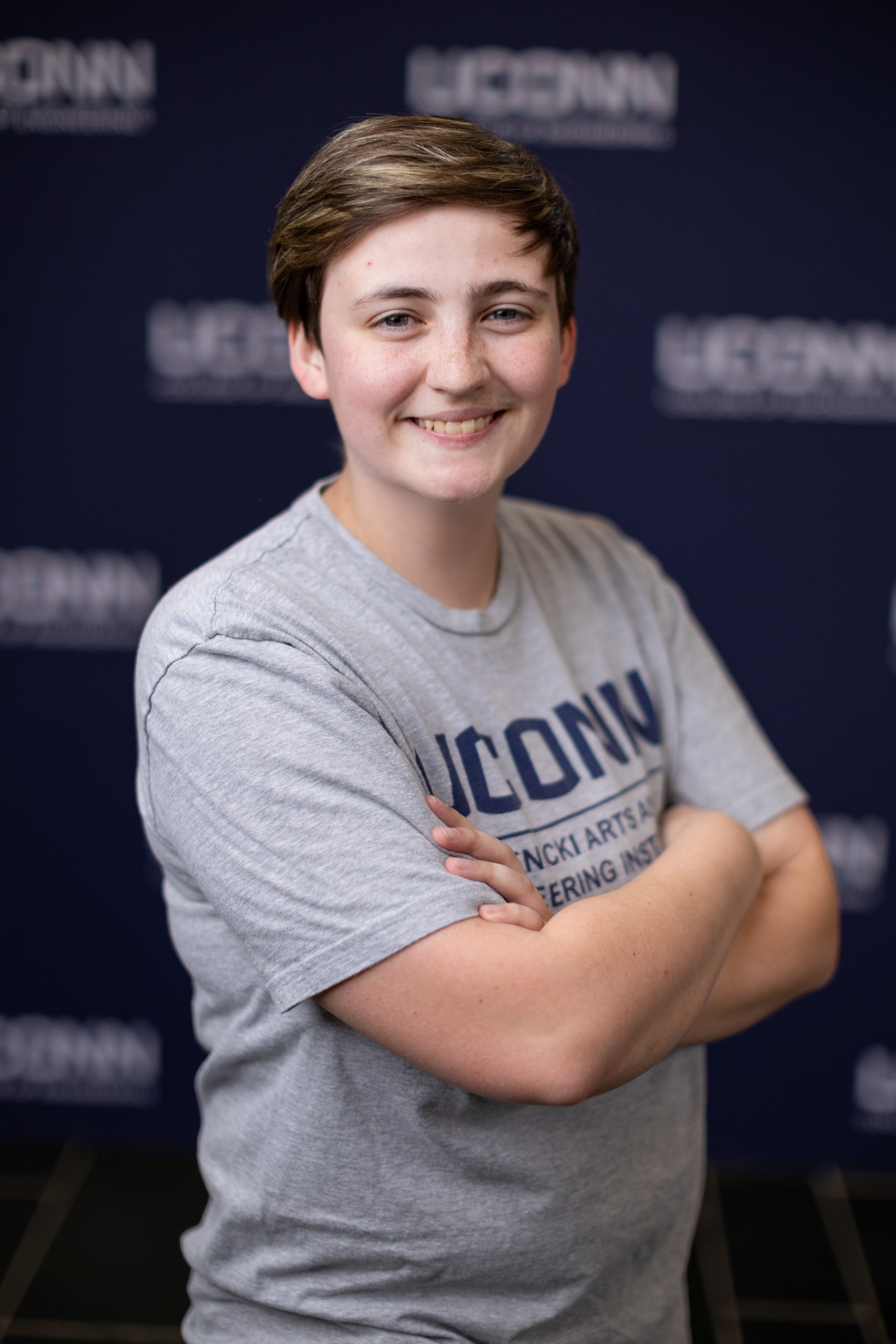 |
Team Ash Torbic |
Faculty Advisor(s) Dr. Jorge Paricio Garcia, Edward Weingart |
Sponsor Krenicki Arts and Engineering Institute Sponsor Logo 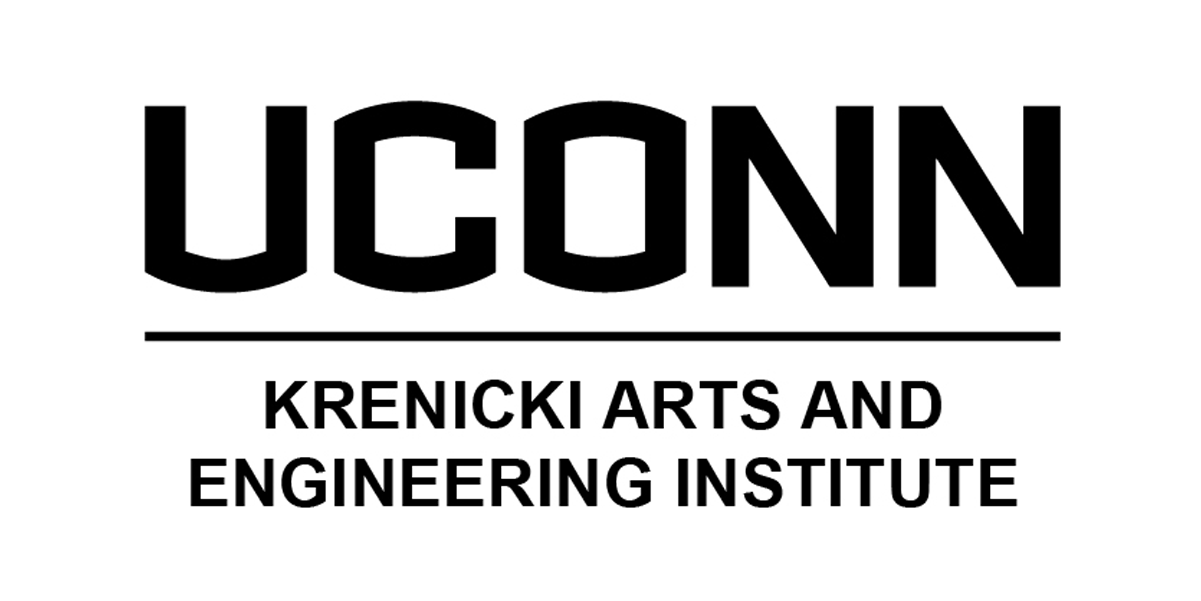 |
Design of Operable Theatrical Evil Dead Chainsaw Prop |
||||
Description This project aims to create and build a design for a chainsaw prop that can be used in a production of Evil Dead The Musical. Within the context of the show, the chainsaw is attached to a character’s arm after their hand has been cut off. Practically, this means that the prop needs to be hollow so that the actor can hide their arm inside. There will also be padding on the opening for additional comfort and support. The chainsaw prop also needs several special effects to aid in the illusion of a fake chainsaw. These effects include a moving chain and smoke effect. |
||||
|
||||
